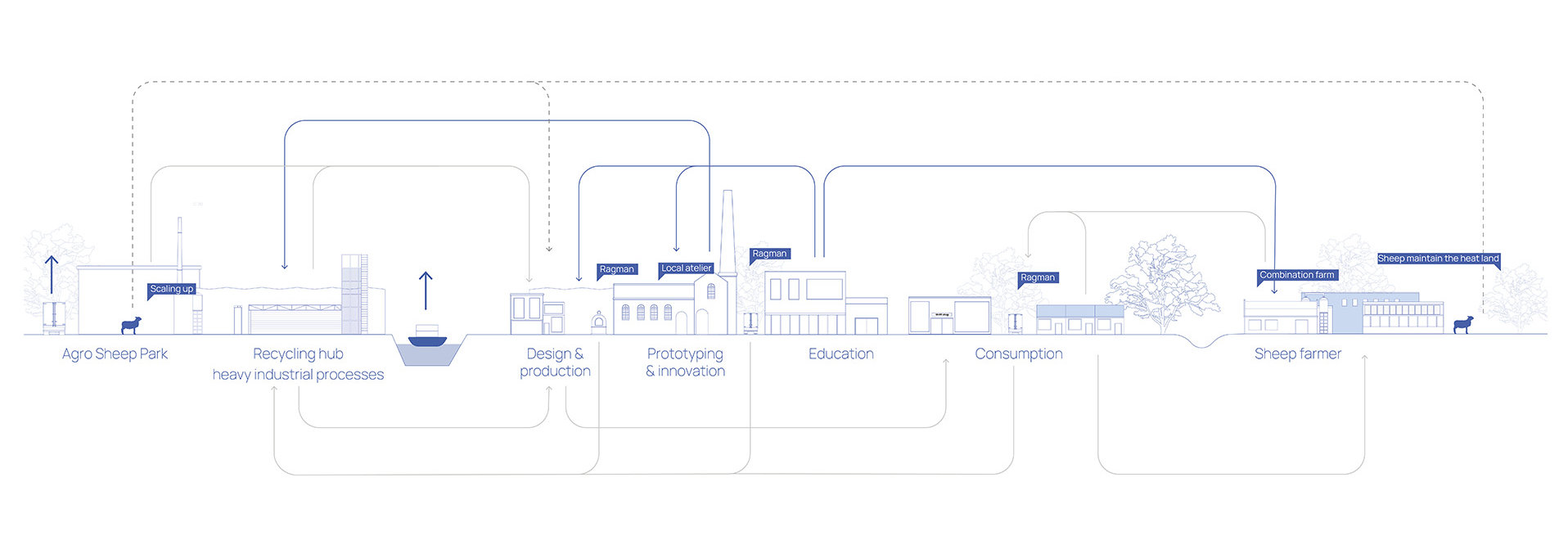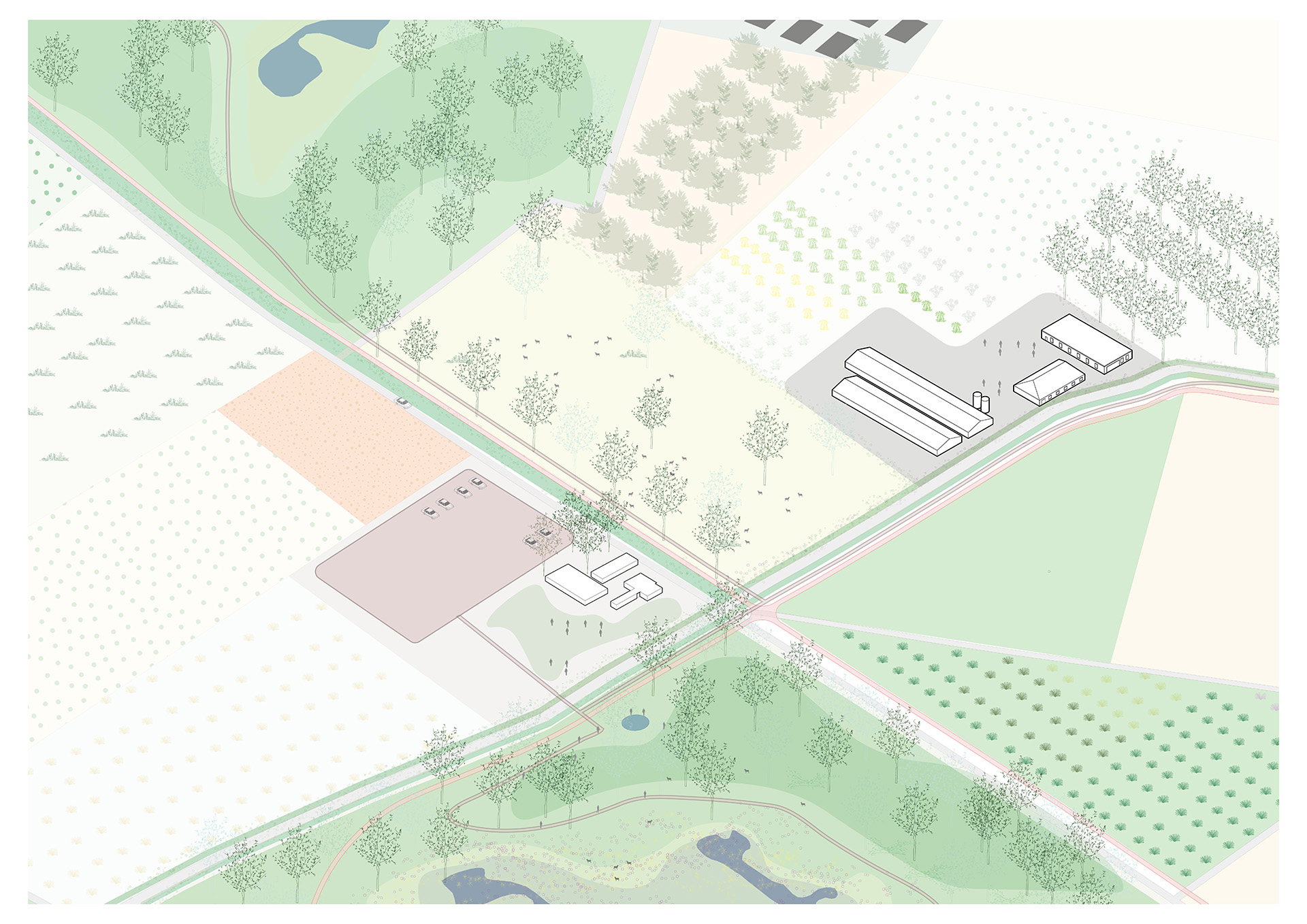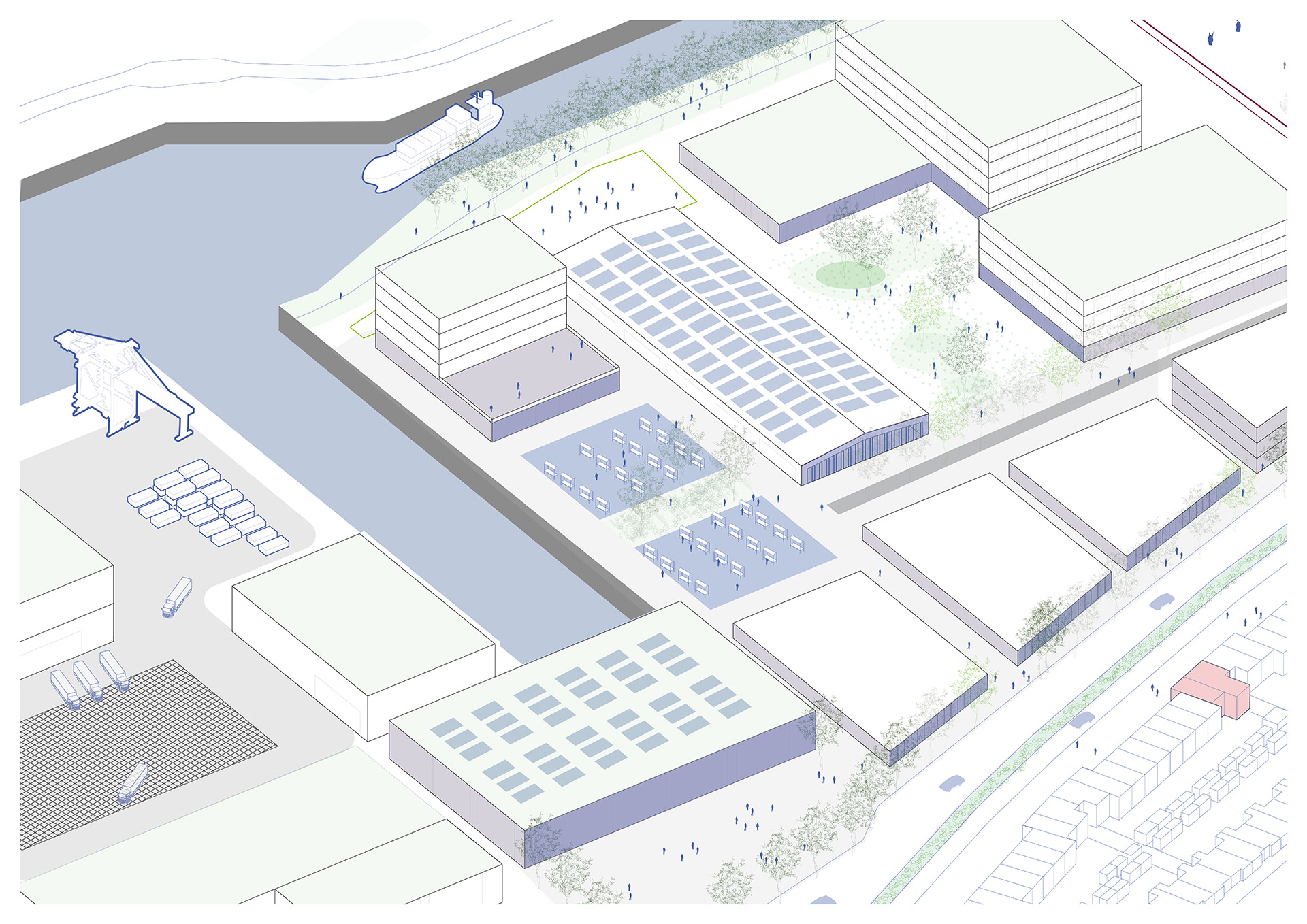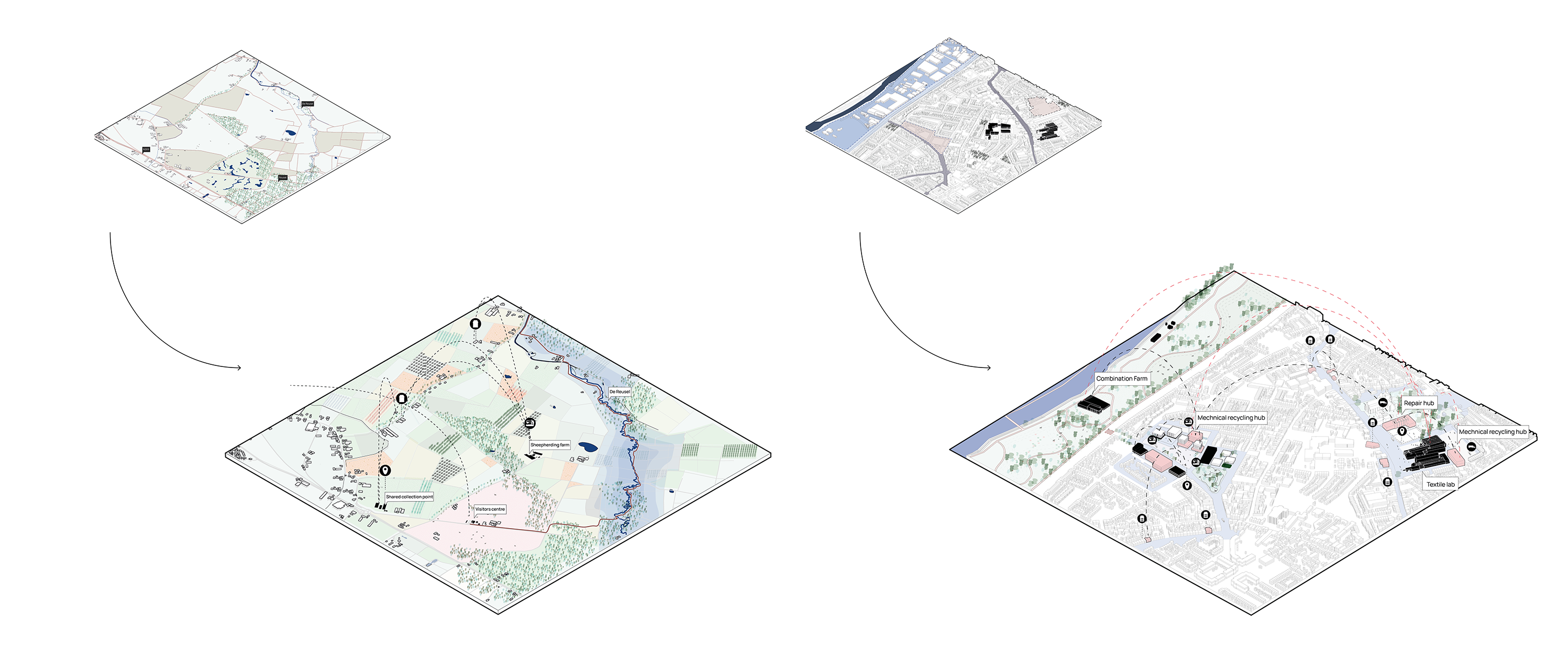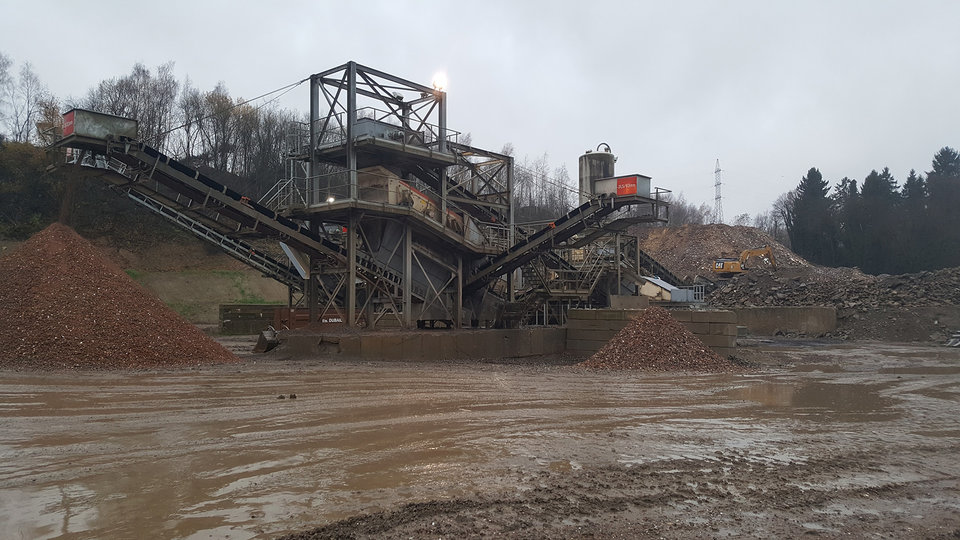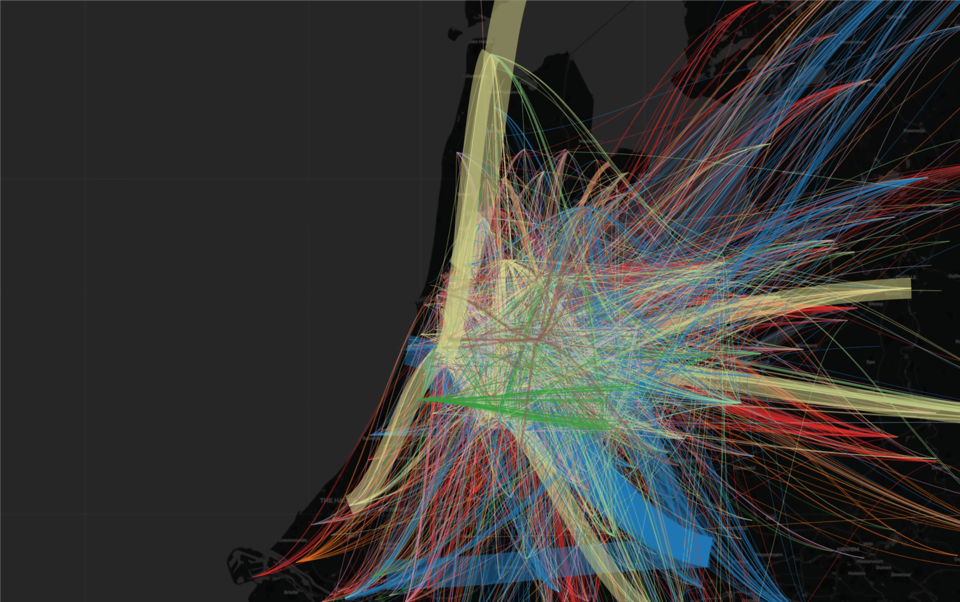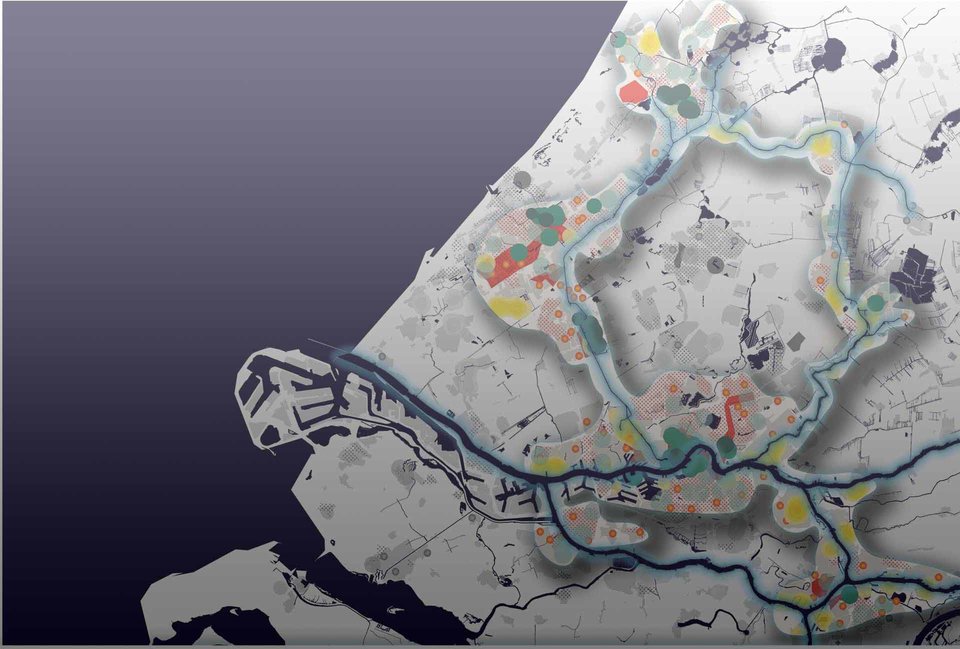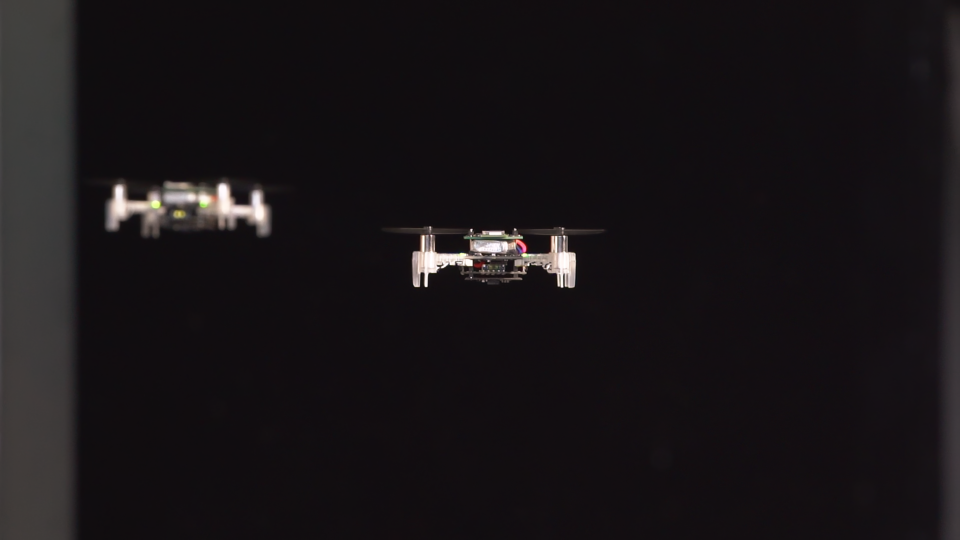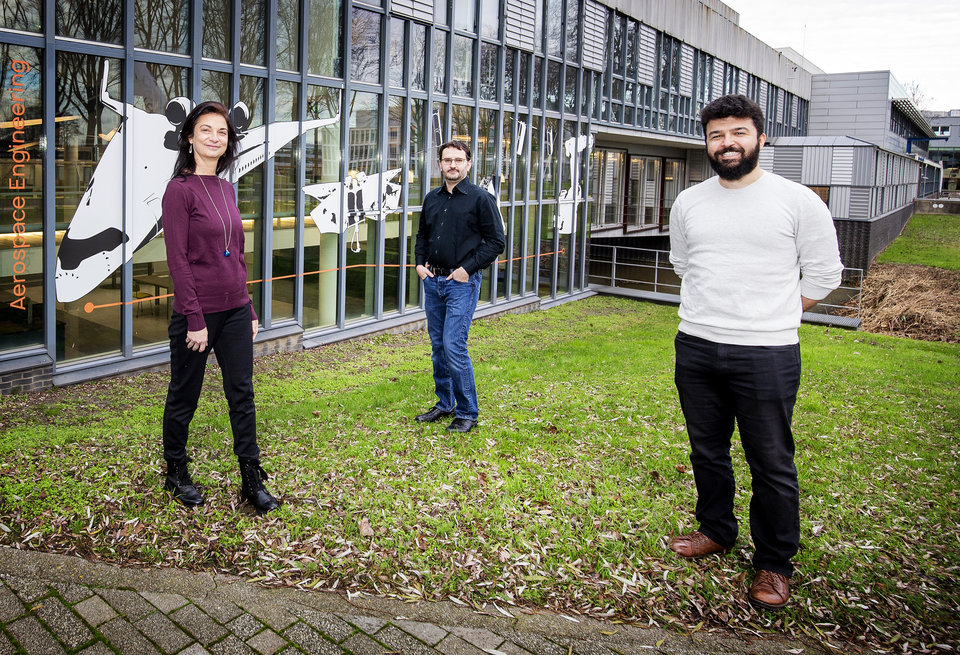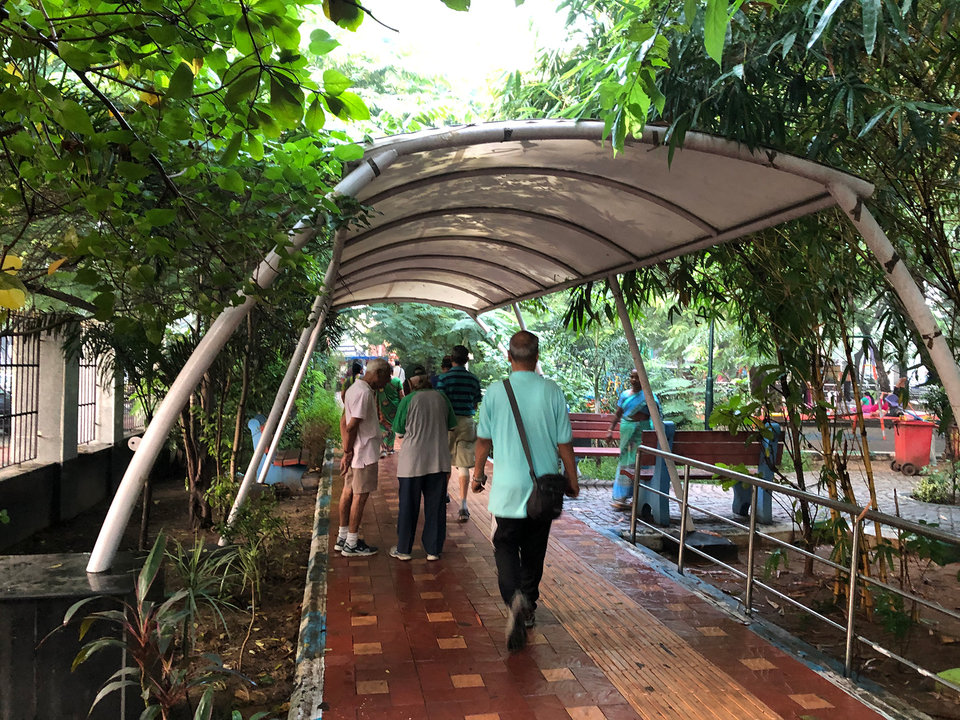Disposable clothing made in low-wage countries is anything but sustainable. Yet it is this fast fashion that dominates our shopping streets. Jin-Ah Duijghuisen is committed to influencing this consumer culture for the better by means of spatial design. She put the textile production chain under the magnifying glass. For her master thesis, she explored how textile production in the Province of Noord-Brabant is related to the configuration and use of the landscape. With her graduation project Jin-Ah was elected one of the four winners of the Circularity in the Built Environment Graduation Award 2021-2022.
“I discovered that the Dutch approach to improving sustainability is to pursue circular solutions that focus on recycling, chiefly at the end of the production chain.” This is just a partial solution, she says. “Actually, you should move the entire chain to the Netherlands. I wanted to provide an impulse in the form of spatial configurations that will simplify sourcing raw materials from our own country and processing them regionally.”
Old practices
When she was an internship student, Jin-Ah Duijghuisen got a foretaste of research into, and the design of, spatial relationships between agriculture and urban areas. “It left me wanting more.” For her master thesis, she explored how textile production in the Province of Noord-Brabant is related to the configuration and use of the landscape.
In the past, wool from sheep that grazed the moorland heather was used to produce textiles. There was a flourishing textile industry in Tilburg up until the second half of the twentieth century, says Jin-Ah. “Uniforms for the Dutch army came from the ‘wool city’.” The processing, weaving and dyeing of the wool all took place on the spot. “In fact, the process pretty much met the circular principles we aspire to today.” Can old practices inspire new ones? “I have investigated how a landscape featuring sandy soil produces a material flow via a logical form of land use. This land use and material flow occupies a certain amount of space and entails certain spatial functions. Based on this analysis, I was able to derive design rules for spatial functions in a contemporary version of the initial textile production chain: from sheep farm to clothing workshop and from distribution point to consumer.”
Textile landscape
Through studying and sketching, Jin-Ah arrived at a structural plan in which, at the strategic level, spatial interventions are proposed that enable the transition to a self-sufficient textile landscape in Noord-Brabant. What is more, she developed a practical instrument: a set of cards with various interconnected spatial patterns. “Sheep farmers, clothing designers, retail traders and provincial officials can use these cards to hold objective discussions on possible interventions.” The conclusion is that the reintroduction of a small-scale wool industry would not only result in a sustainable textile trade but in extensive agriculture and nature restoration as well. “I show how slow fashion can be achieved.”
Jin-Ah currently has a nice job as a designer at the firm for architecture and urban planning where she did her internship. She is a member of a strategy team.
The routes raw materials and goods take at different spatial scale levels fascinate me. There are many gains to be had via the circular economy. I also provide other insights and support by exposing links at the regional landscape scale.
More information
The complete thesis is available through this link:
Jin-Ah Duijghuisen graduated under the supervision of Alexander Wandl and Birgit Hausleitner.
Circularity in the Built Environment Graduation Award
Jin-Ah Duijghuisen is one of the four winners of the Circularity in the Built Environment Graduation Award 2021-2022. With her graduation project she was elected winner in the category 'Cities & Regions'.
The Circularity in the Built Environment Graduation Award is an annual award for students of the Faculty of Architecture and the Built Environment who graduated on a topic related to Circularity in the Built Environment. The prize is awarded by the Circular Built Environment Hub with the aim to stimulate research and innovation in the field of circularity in the built environment.
Winners of the Circularity in the Built Environment Graduation Award are selected from four categories: Materials & Components, Buildings & Neighbourhoods, Cities & Regions and Cross-scale.
Read also the stories of the other three winners

Jin-Ah Duijghuisen
Winner Circularity in the Built Environment Graduation Award 2021-2022 in the category 'Cities & Regions'.

